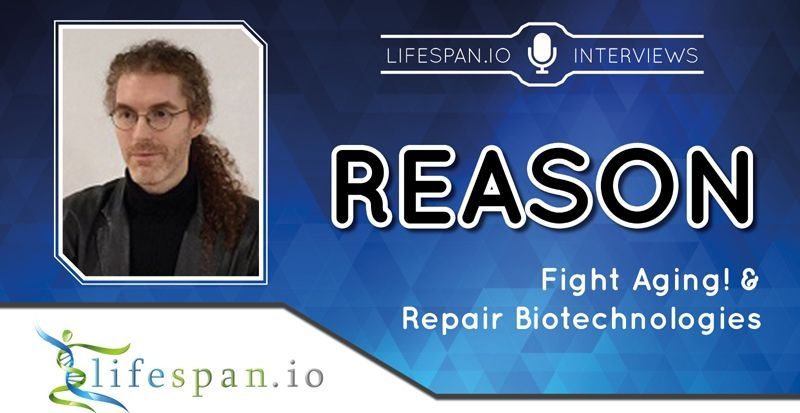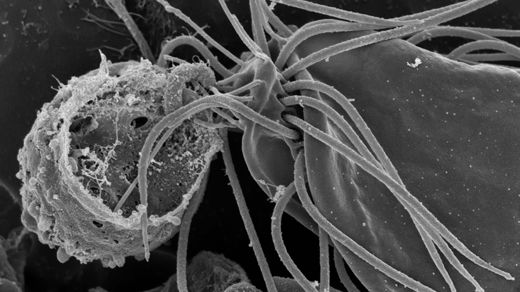Dec 12, 2018
Virgin Galactic to attempt flight to space this week
Posted by Alberto Lao in category: space travel
Virgin Galactic is headed for the Big Black! https://spacenews.com/virgin-galactic-to-attempt-flight-to-space-this-week/
WASHINGTON — Virgin Galactic plans to perform the next test flight of its SpaceShipTwo suborbital spaceplane as soon as Dec. 13, a flight that could be the first by the vehicle to reach at least one definition of space.
In a Dec. 11 statement, the company said the next powered test flight of VSS Unity, the second SpaceShipTwo, is planned for a window that opens Dec. 13 from the Mojave Air and Space Port in California. The flight would be the fourth powered flight for this vehicle and the first since July. The statement came shortly after the publication of airspace restrictions in the vicinity of the airport “for rocket launch and recovery” for Dec. 13 through 15.
Continue reading “Virgin Galactic to attempt flight to space this week” »


















